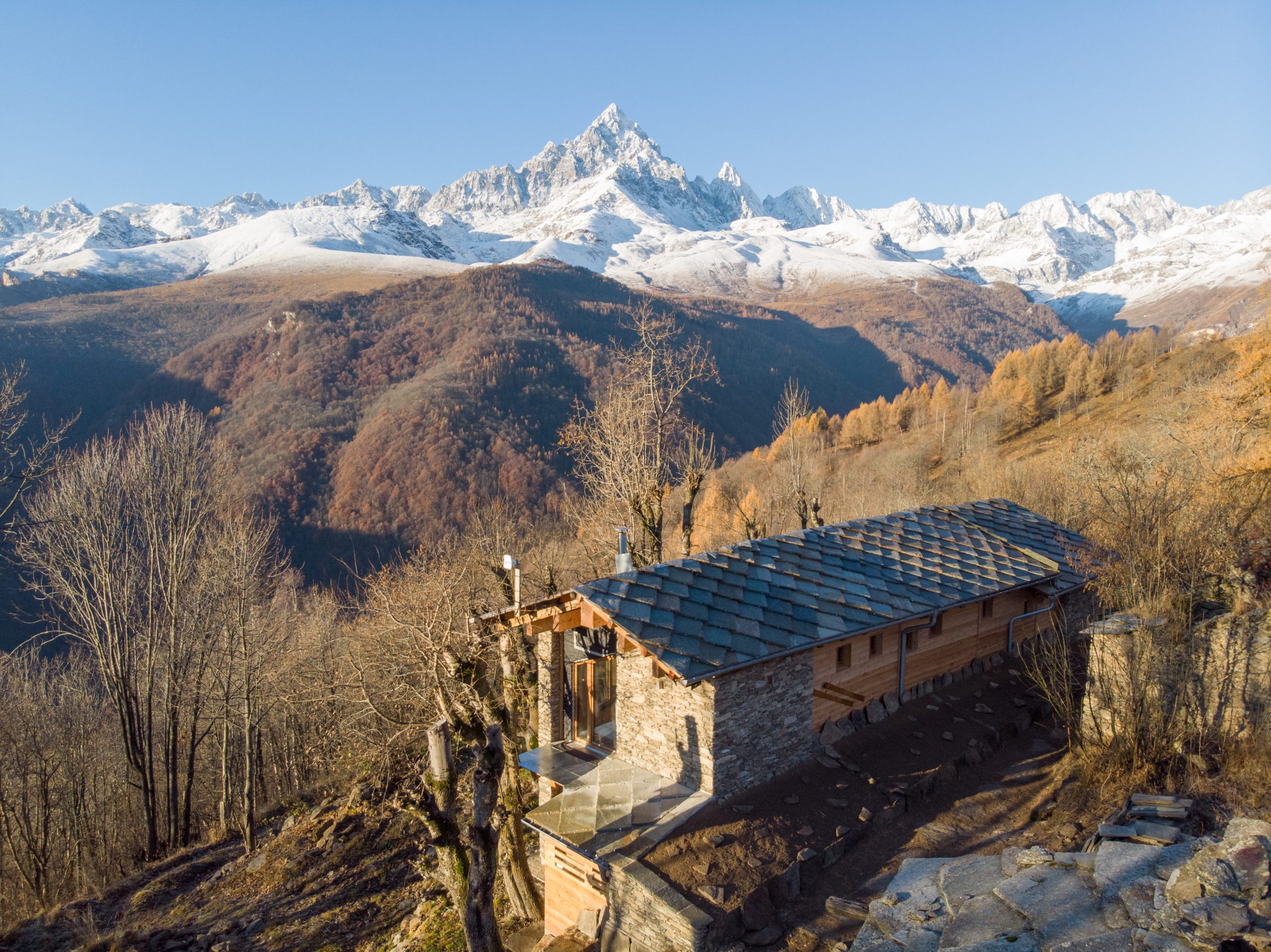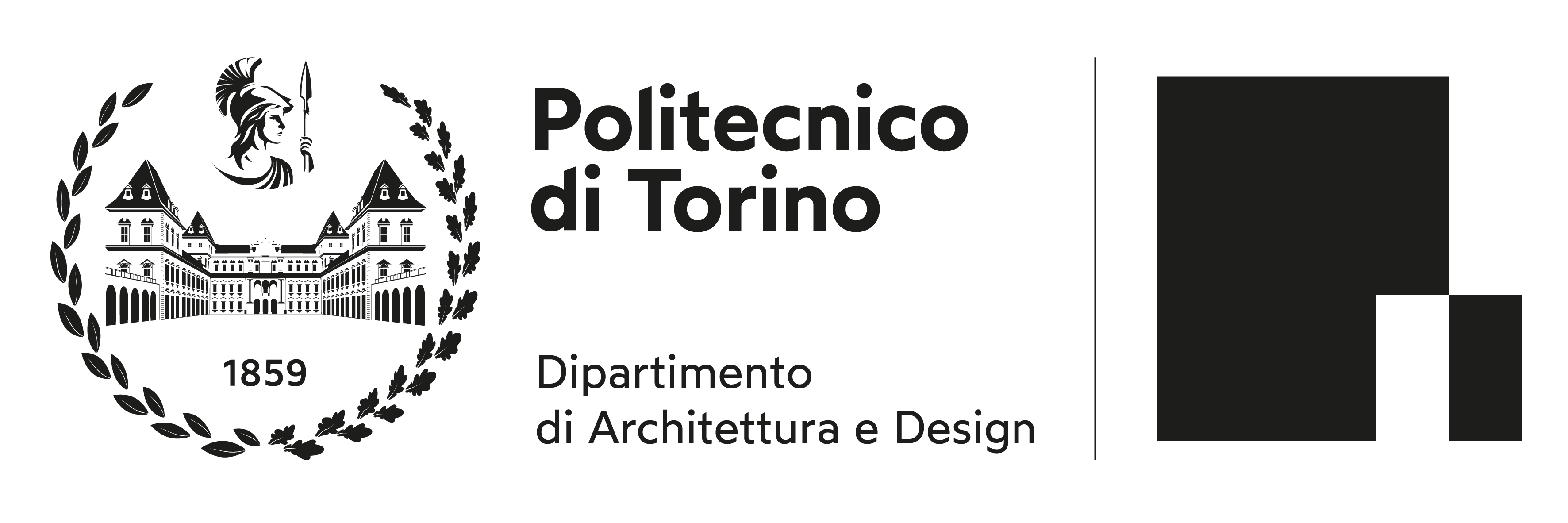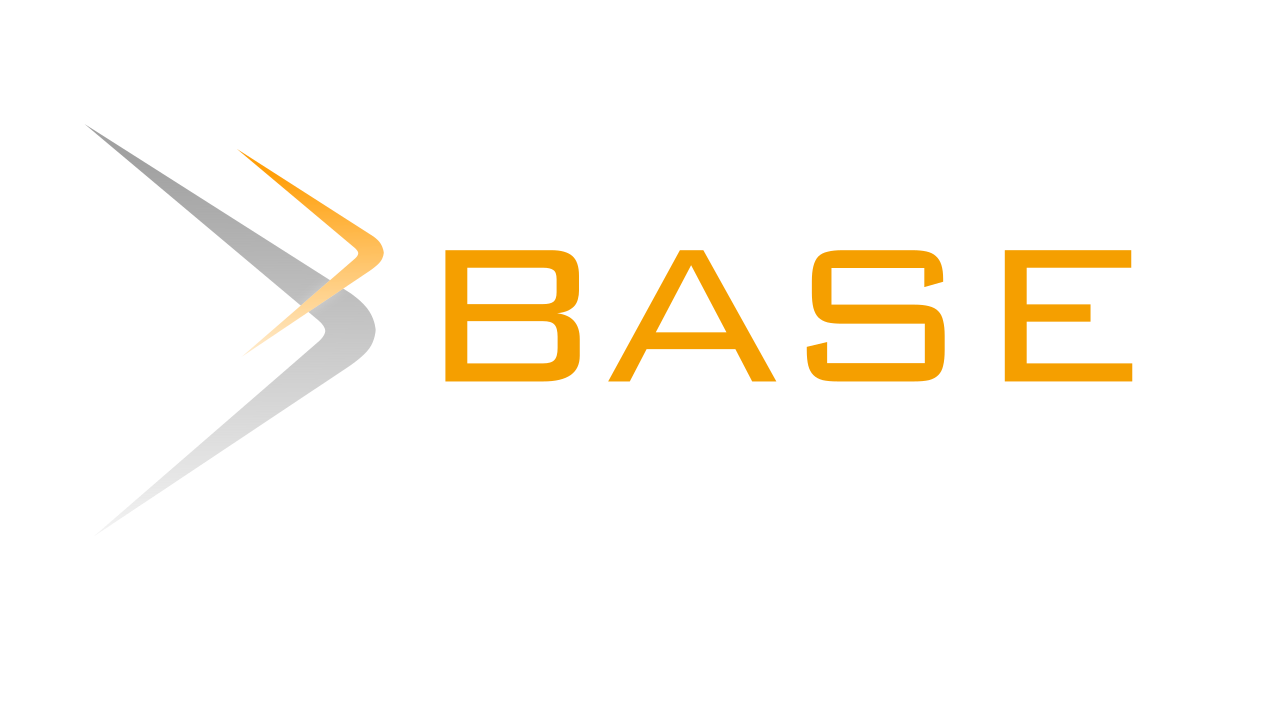
New ideas often come from external influences, different paths that are essential for developing an economic model that’s not based on repeating the past but on three pillars: cultural traditions, natural environment, and new ways of thinking. This happens at MonViso Institute, in the Western Italian Alps, where a group of researchers, designers and entrepreneurs has been involved in place-based research into transitions towards sustainability, regenerative design and architecture, and building a deep relationship with the social, cultural and natural environment. The Institute’s activities involve education in new technologies, climate change, permaculture, the circularity of materials, design with bio-composites, regional economics, which is embedded in outdoor projects in cooperation with European universities and other environment-oriented institutes. Together with the cultural and social realities that have been locally developing during the last decades, MonViso Institute takes part in the regeneration process of the alpine village of Ostana (CN), by representing a significant, concrete programme that can be out-scaled to describe re-inhabitation strategies that may interest several mountain territories.







